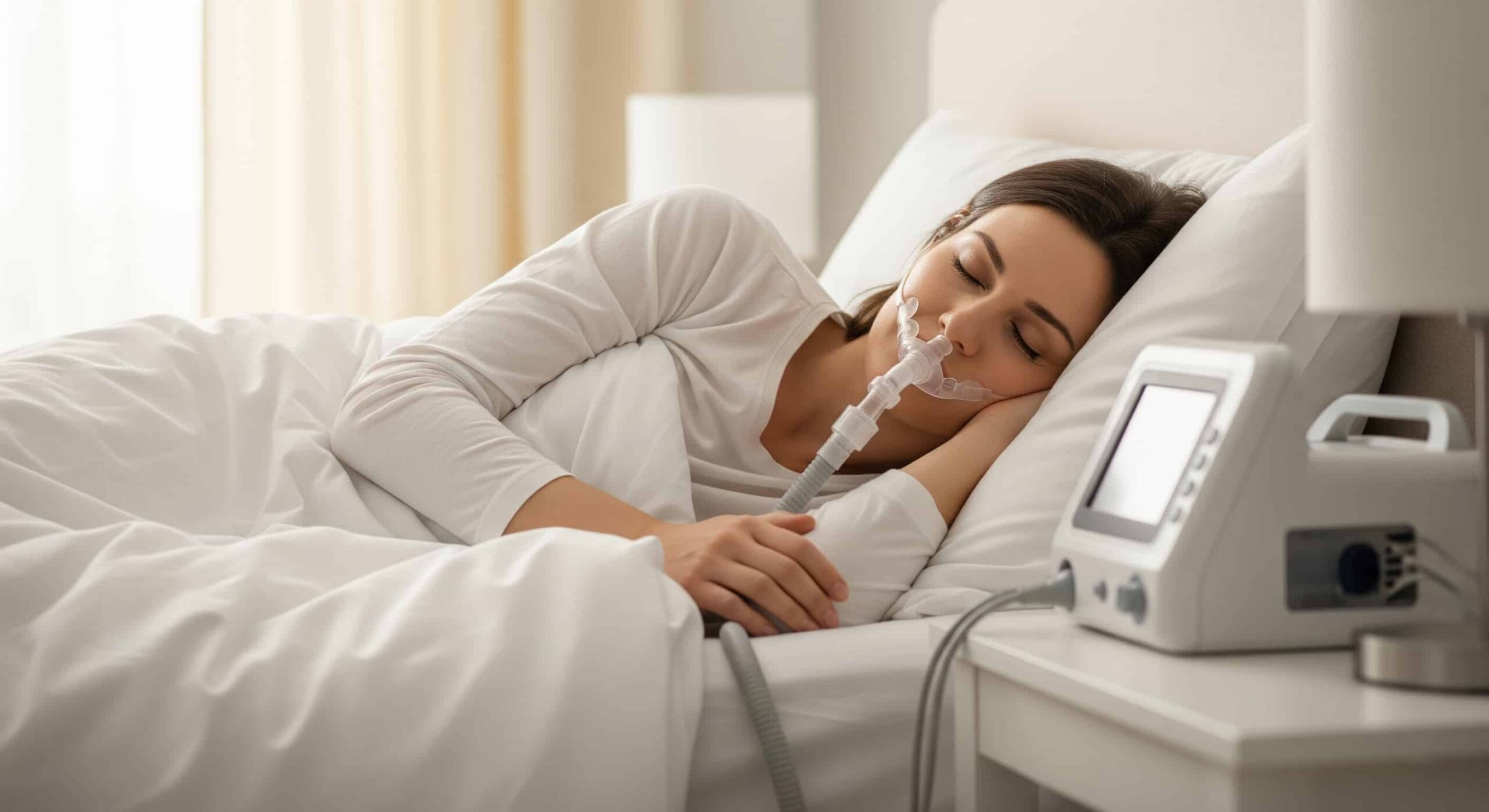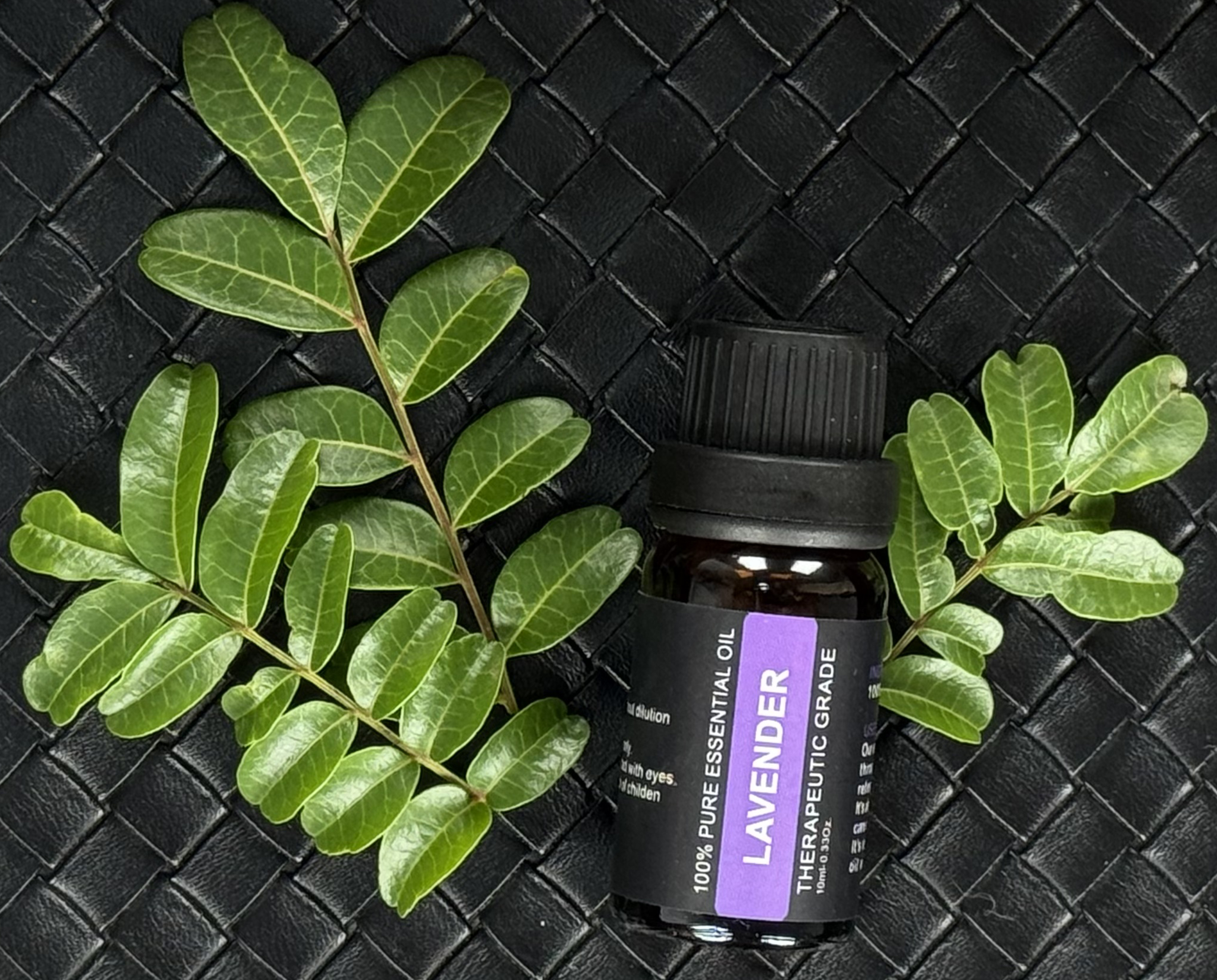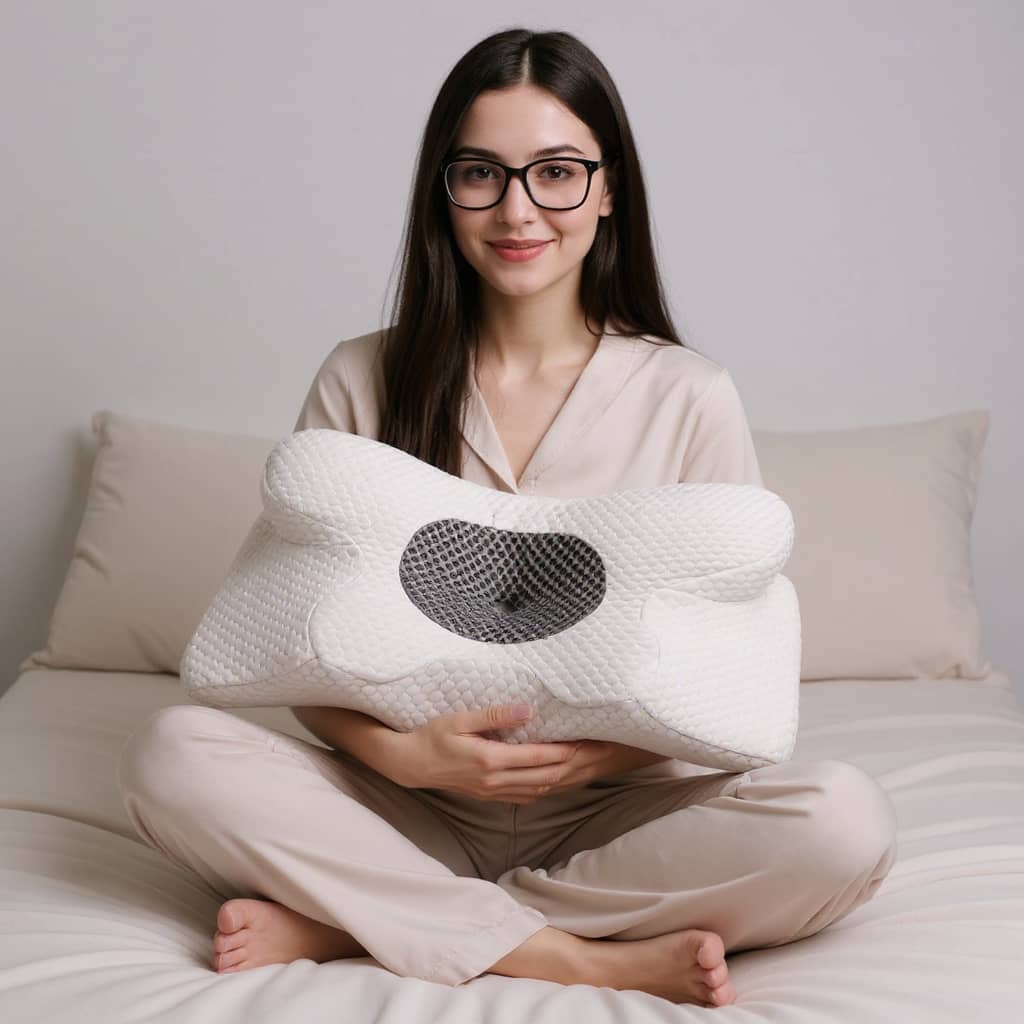Snoring, which many people might consider a minor annoyance, is often a typical symptom of Obstructive Sleep Apnea (OSA). OSA is a common sleep disorder where individuals repeatedly experience partial or complete blockage of the upper airway during sleep, leading to breathing pauses and low blood oxygen levels. This not only severely affects sleep quality but can also trigger various complications like hypertension, heart disease, and diabetes.
What is Obstructive Sleep Apnea (OSA)?
Before understanding sleep apnea machines, let's briefly introduce OSA. When a person falls asleep, the muscles in the throat relax. If they relax too much or if there's excess tissue (like tonsils, soft palate, or tongue base), the airway can collapse or narrow, preventing air from passing smoothly.
Common Symptoms of OSA
- Habitual, loud snoring, possibly with sudden interruptions
- Choking, gasping, or breathing pauses during sleep (often noticed by a partner)
- Increased nighttime urination
- Morning dry mouth or headache
- Daytime sleepiness, fatigue, and difficulty concentrating
- Memory decline and mood changes (e.g., irritability, anxiety)
How Do Sleep Apnea Machines Work?
Sleep apnea machines deliver a continuous stream of air at a specific pressure into the patient's airway, creating an "air splint" that prevents the upper airway from collapsing during sleep, thus keeping it open.
CPAP (Continuous Positive Airway Pressure) Machine
This is the most common type. It delivers a constant airflow pressure throughout the respiratory cycle. CPAP machines are effective for most patients with OSA and are typically the first-line treatment.
APAP (Automatic Positive Airway Pressure) Machine
Can automatically adjust the output pressure based on changes in the patient's airway resistance during sleep. For example, it lowers pressure when the airway is open and increases it when a collapse is imminent, offering relatively higher comfort.
BiPAP (Bilevel Positive Airway Pressure) Machine
Provides two different pressure levels – higher during inhalation and lower during exhalation. Mainly used for patients who cannot tolerate CPAP pressure or have coexisting respiratory conditions (like COPD).
Who is Suitable for Using a Sleep Apnea Machine?
Sleep apnea machines are primarily suitable for:
Suitable Candidates
- Patients diagnosed with moderate to severe Obstructive Sleep Apnea (OSA) through polysomnography
- Mild OSA patients who experience significant daytime sleepiness, hypertension, cardiovascular diseases, or other complications
- Some patients with Central Sleep Apnea (CSA) or mixed sleep apnea, who require specific types of machines under a doctor's guidance
Key Takeaways
Sleep apnea machines, particularly CPAP devices, are currently one of the most effective treatments for moderate to severe OSA. Understanding the working principles, suitable users, selection criteria, and usage precautions is crucial for successful treatment.
Remember: The decision to use a sleep apnea machine should always be made under professional medical guidance. If you suspect you have sleep apnea, consult with a healthcare provider for proper diagnosis and treatment recommendations.




